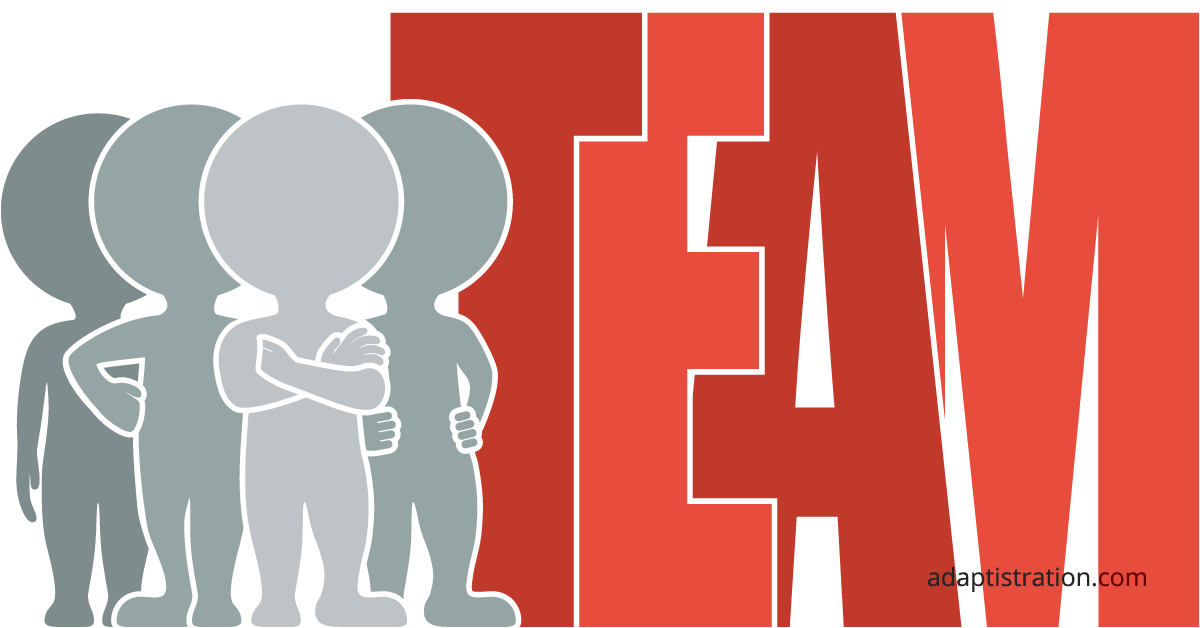In case you were wondering if process and diversity matter, just look at what’s been unfolding at the Art Institute of Chicago where they cut their entire 82-member docent corps go in an email on September 3, 2021.
The Institute’s reason for dismissing the docents is they weren’t as diverse as they wanted. Perhaps unsurprisingly, the bulk of those docents were white, retired, women of mid to higher financial means.
Once the news went public, there was a good bit of blow back, especially after the docent group’s spokesperson said the organization’s membership supports reaching diversity goals. What they wanted to know is why they were tossed to the curb without a replacement program ready to implement nor a plan to aggressively diversify over the period of a few years.
Given that volunteers were required to maintain eighteen months of twice-a-week training to qualify as a docent and five additional years of continual research along with a laundry list of other requirements, it’s not difficult to see why there would be concern.
Yet even in the face of intense blow back, the Art Institute attempted to change the narrative by adopting an “if you’re not with us, you’re against us” crisis management strategy.
Sasha-Ann Simons at WBEZ conducted an excellent interview with Gigi Vaffis, president, Docent Council at Art Institute of Chicago and Sarah Guernsey, deputy director and senior vice president for curatorial affairs, Art Institute of Chicago.
If you’re looking for a good example of how an executive level employee shouldn’t handle an interview, this is it. Even when the host set Guernsey up with a softball empathetic question that could have been used to demonstrate genuine compassion, the response was to go immediately on the defensive.
The host asked Guernsey if she could “understand how some of these long-time volunteers might feel [upset]…and could the museum of handled this better?”
Guernsey ignored the question about empathy entirely and didn’t even wait for the host to finish the question before saying “I think we handled things with grace and dignity.”
In the end, it’s tough to find any voices against the idea of diversifying the museum’s education programs. The docent’s spokesperson was clear that their members supported the idea.
Sadly, the biggest casualty here is diversity and equity. If the museum was committed to diversity efforts to the degree they assert, they would have made every effort to avoid this sort of PR crisis. Instead, things went south out of the gate and only got worse.
Long time readers may recall a series of articles here from 2004 that examined how orchestras can adopt and develop their own docent programs similar to what’s found at museums and zoos.


